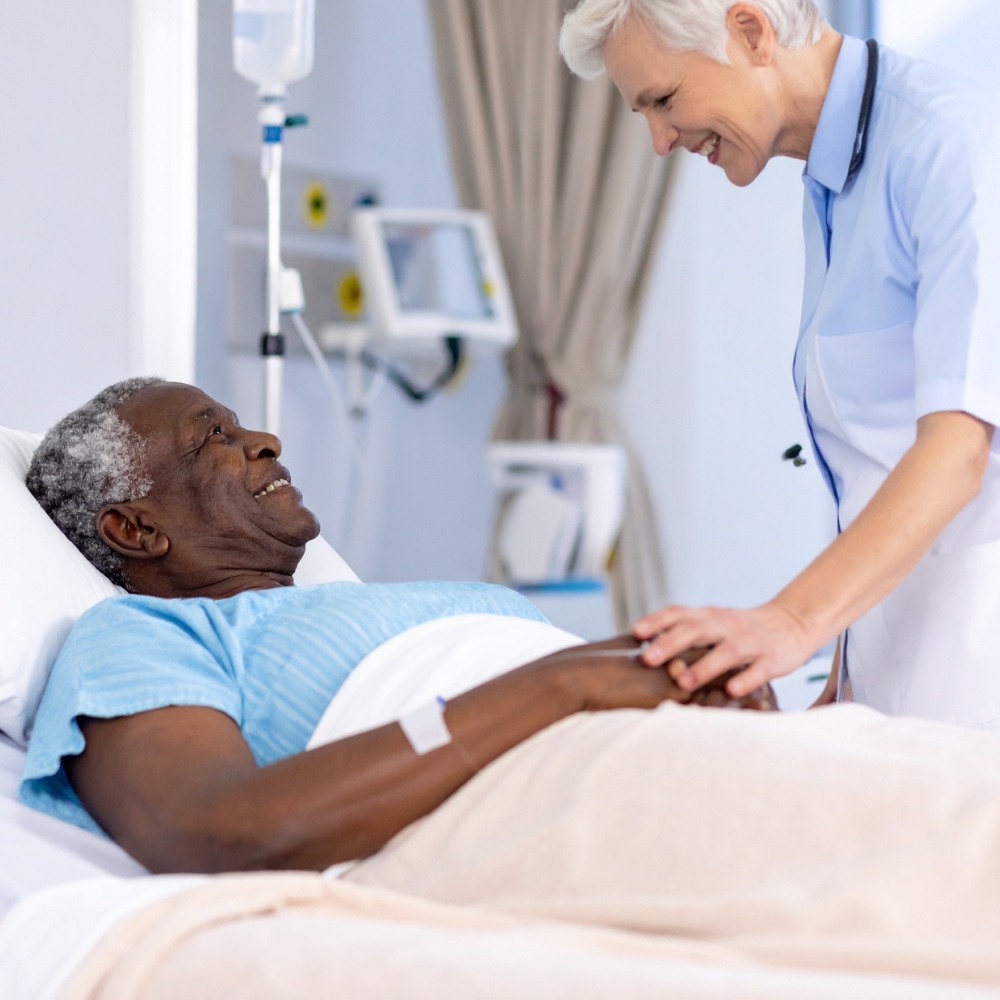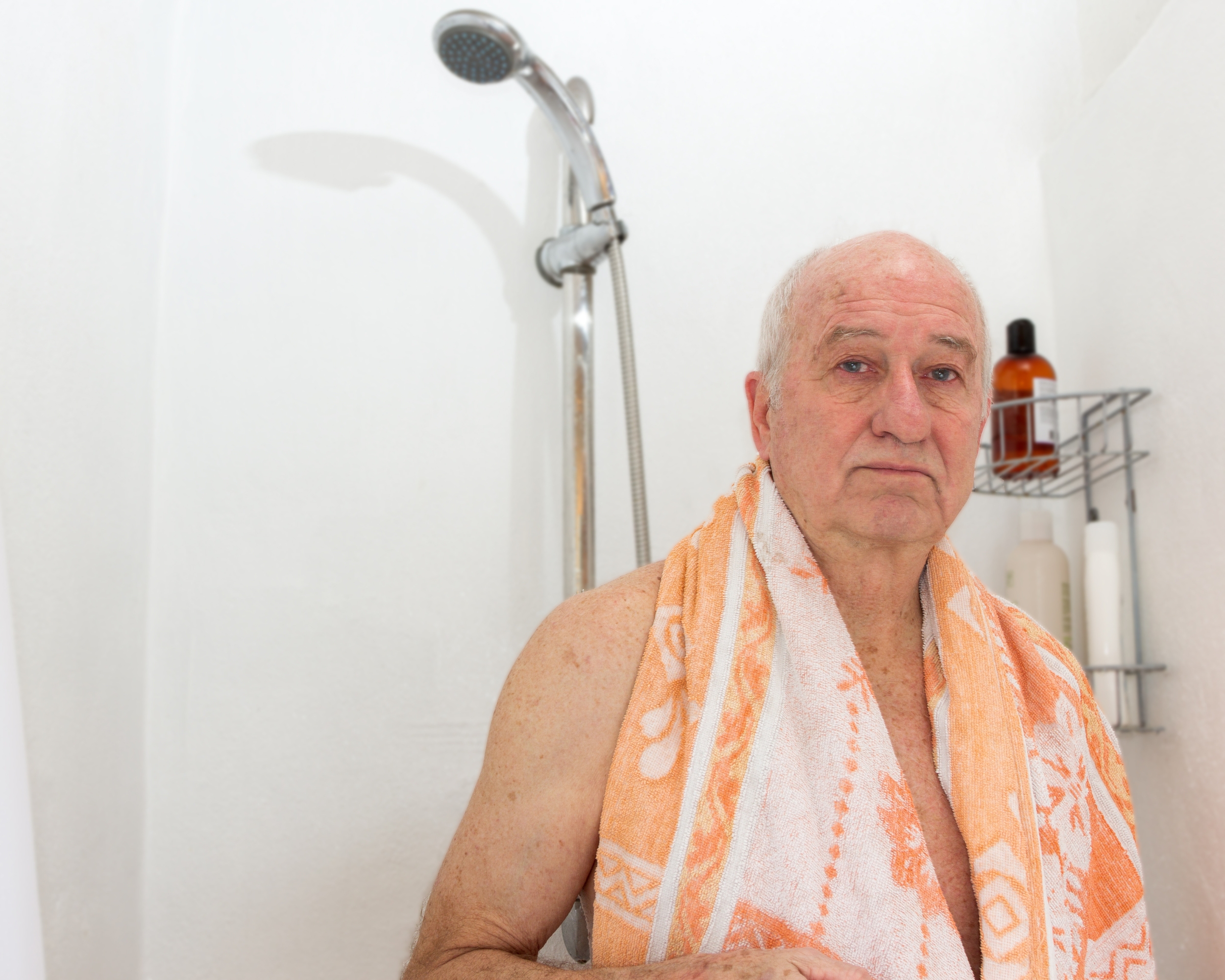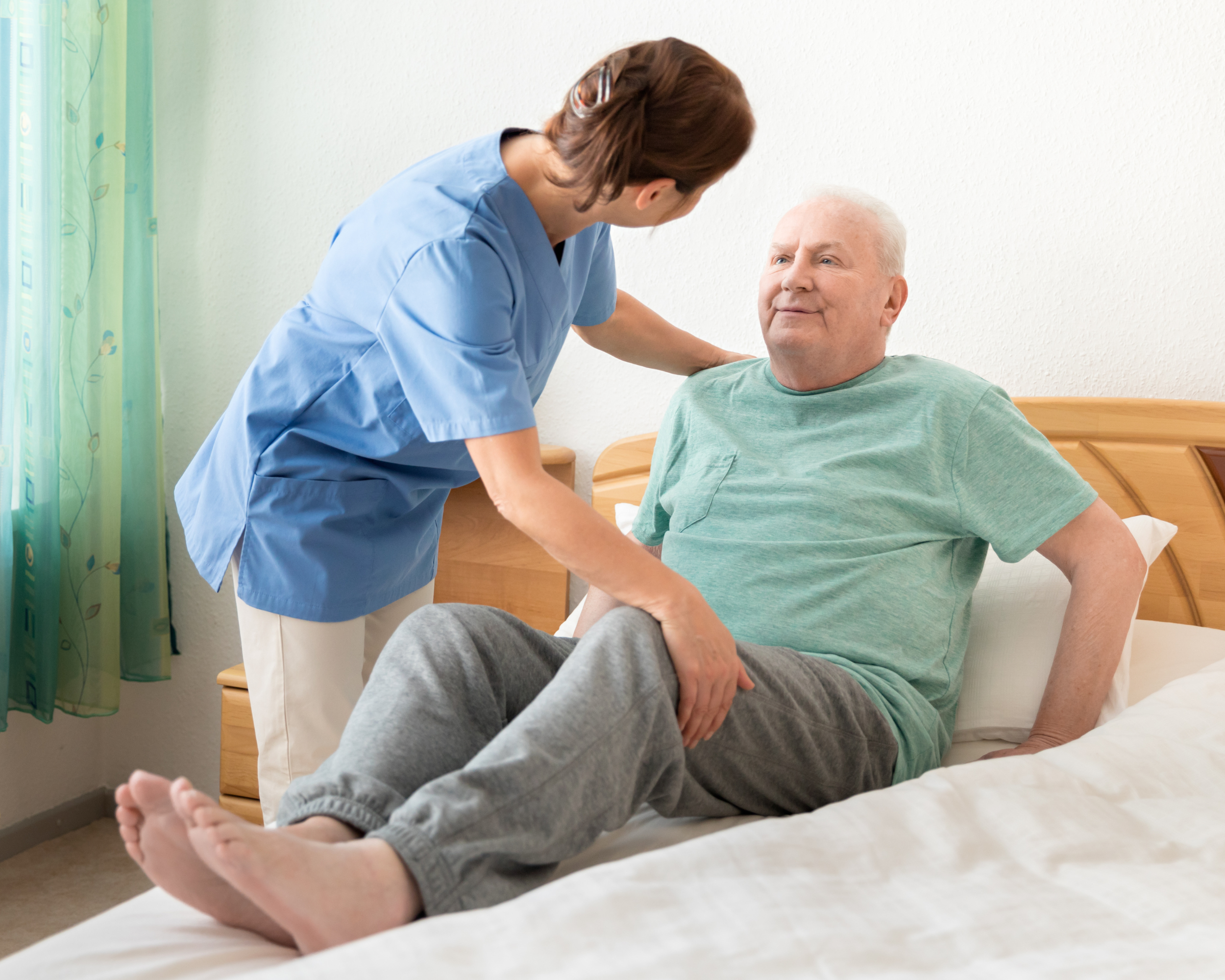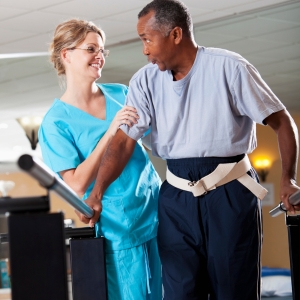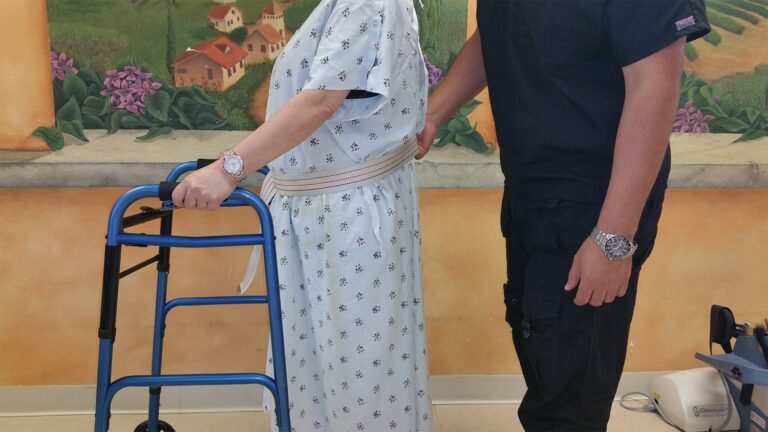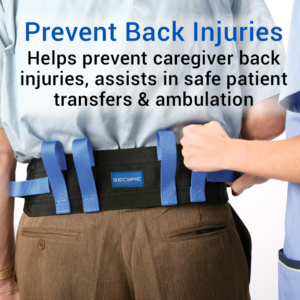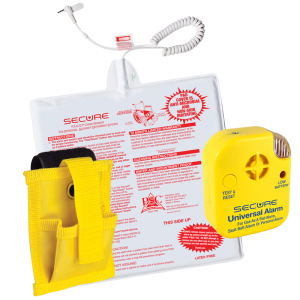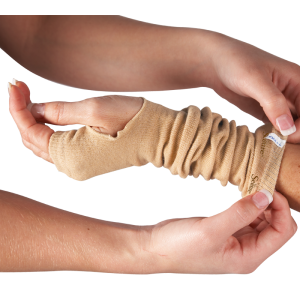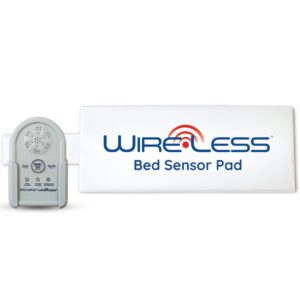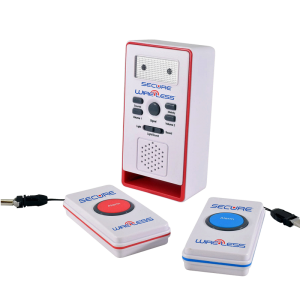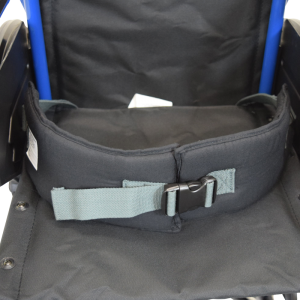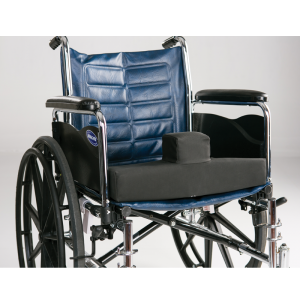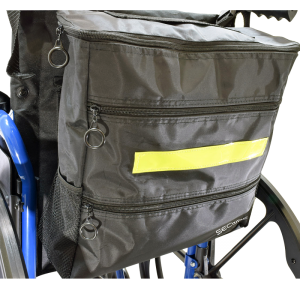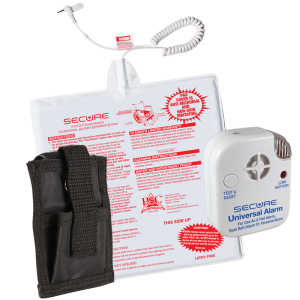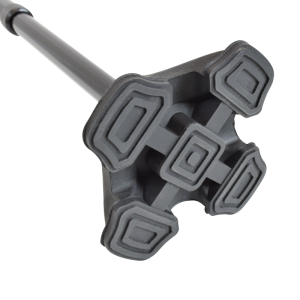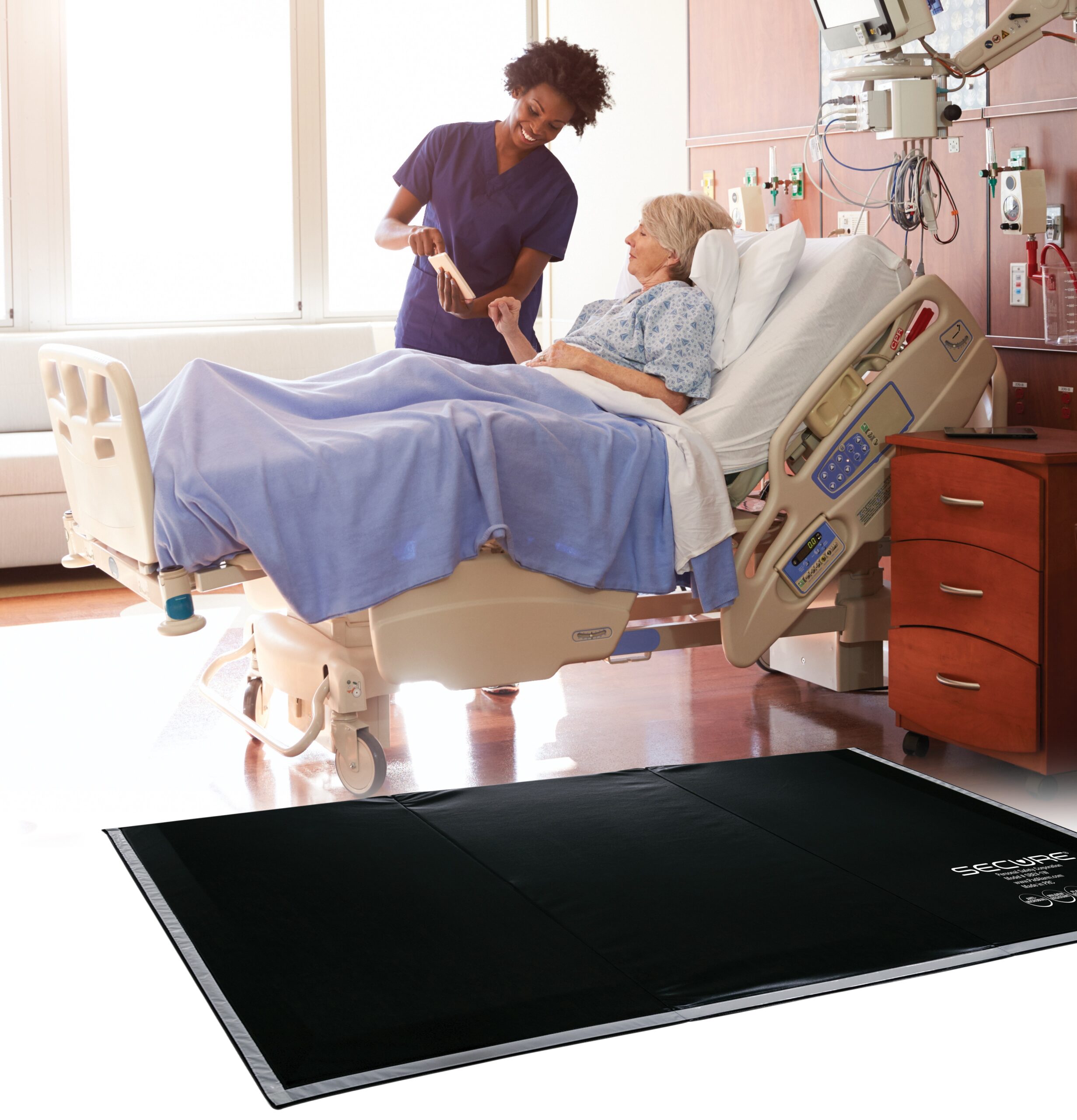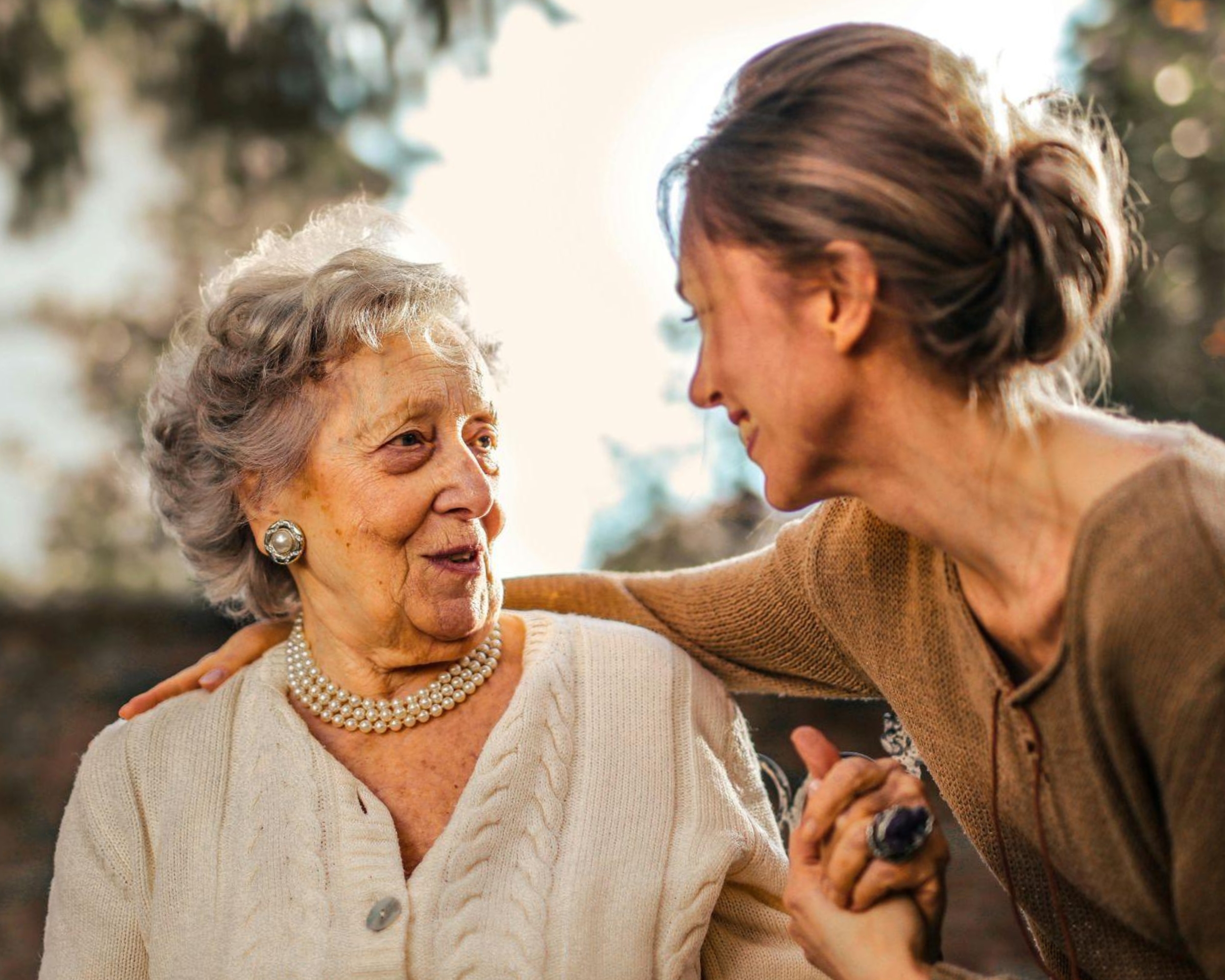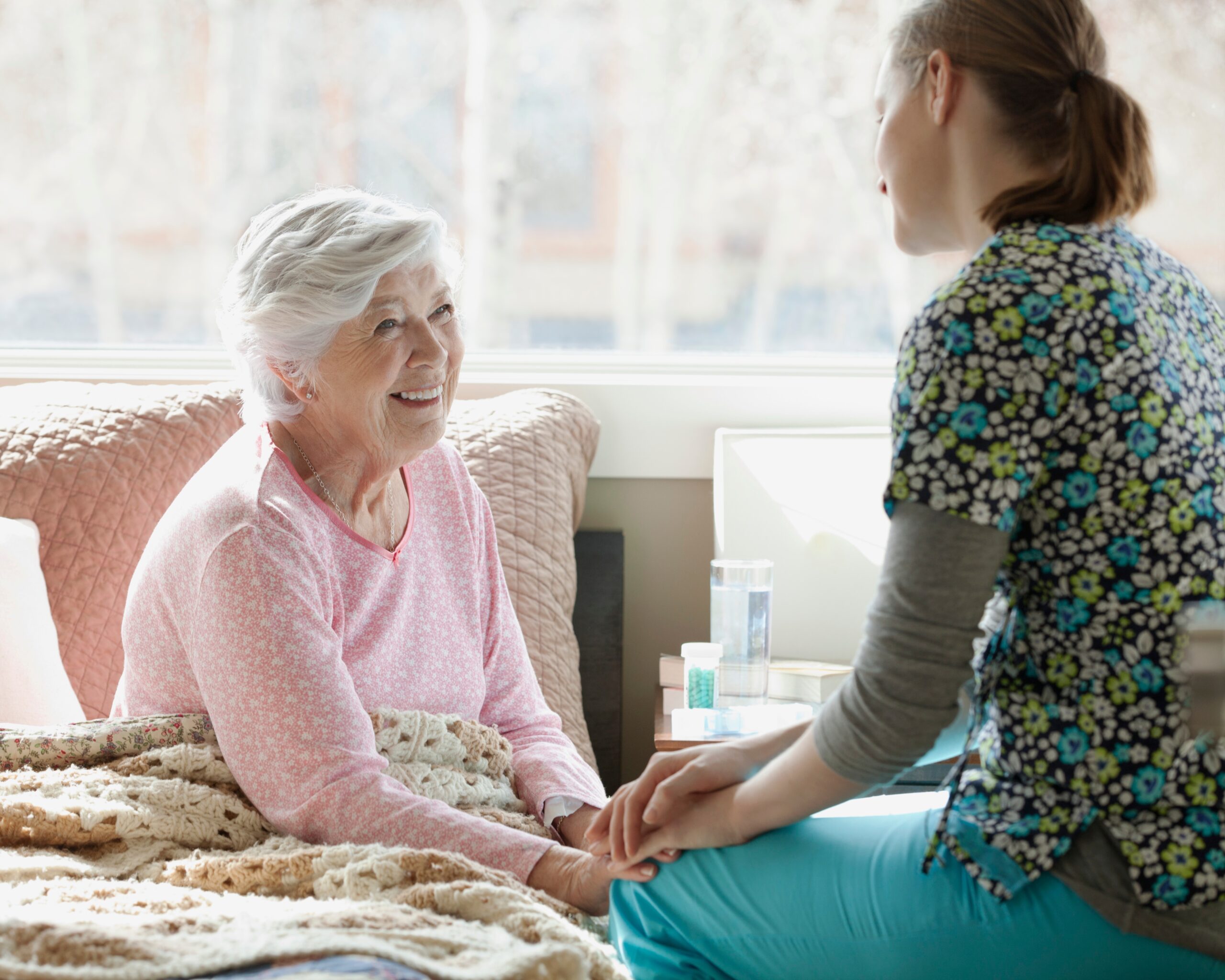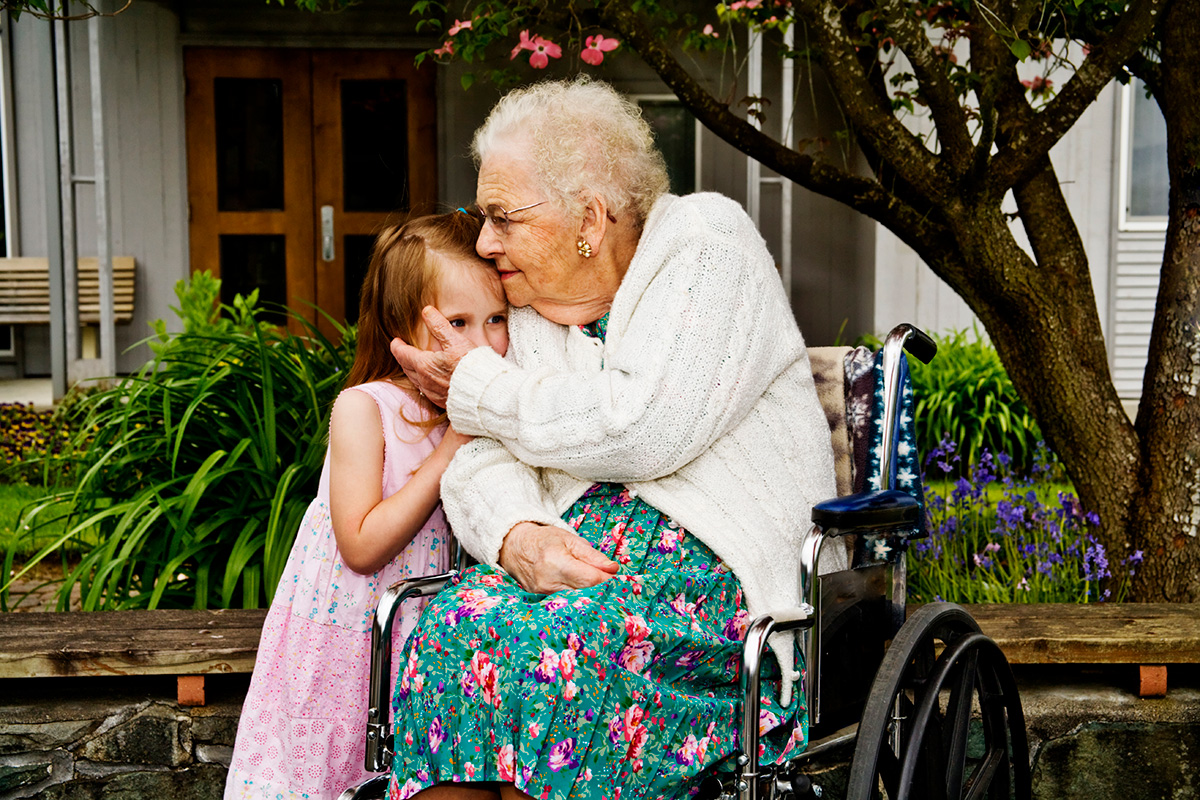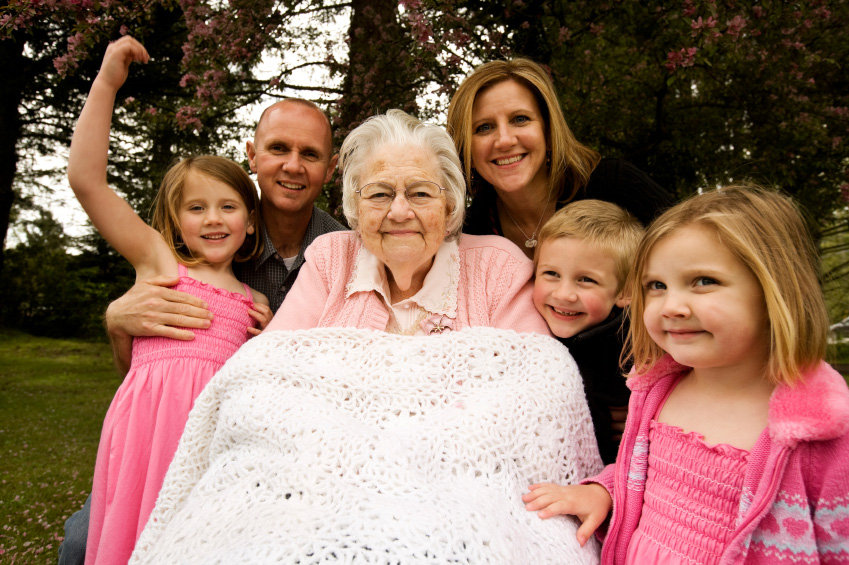Smart Fall Prevention for a Safer, More Independent Life
Falls are among the most serious risks facing older adults, patients with dementia, and individuals with mobility challenges. According to the CDC, millions of seniors experience falls each year—often resulting in injury, hospitalization, or loss of independence. For caregivers, preventing these incidents is both a priority and a constant challenge.
The Secure® Wireless Patient Monitoring System offers a simple, effective way to reduce this risk by giving caregivers the tools they need to monitor patients safely—without intrusive cords or constant supervision.
What Is the Secure® Wireless Patient Monitoring System?
The Secure® Wireless Patient Monitoring System is an advanced, cordless fall prevention solution designed to alert caregivers the moment a patient attempts to exit a bed, chair, or wheelchair—or steps onto a floor mat sensor.
The system is made up of three key components:
Wireless Sensor Pads or Mats – Available in bed, chair, and floor configurations, these pressure-sensitive pads detect movement when a patient stands or shifts weight.
WAT-1R Transmitter (WAT-1R) – Connects to the sensor pad and sends a signal when pressure changes are detected.
WAM-1R Alarm Monitor (WAM-1R) – Receives alerts from up to three transmitters simultaneously, instantly notifying caregivers with sound, flashing lights, or both.
Together, these components create a reliable, cord-free monitoring network that helps caregivers respond before a fall occurs.
How It Works: Reliable Wireless Monitoring
When a patient or resident moves from a monitored surface—such as getting out of bed, rising from a chair, or stepping on a floor mat—the transmitter immediately sends a wireless signal to the alarm monitor within a range of up to 150 feet. The monitor sounds an audible alert and activates a flashing light, notifying the caregiver to assist the patient right away.
This bi-directional 2.4GHz wireless communication ensures a secure, stable, and interference-free connection—so caregivers can depend on it day and night.
The system’s pause and delay features also help reduce false alarms caused by normal movement or repositioning, providing accurate, reliable alerts when they matter most.
Why Choose a Wireless System Over Traditional Fall Alarms?
Traditional wired bed and chair alarms can create clutter and even pose tripping hazards. The Secure® Wireless Patient Monitoring System eliminates cords entirely, enabling safer, more flexible placement. Caregivers can keep the alarm monitor outside the patient’s room to minimize disturbance while still maintaining full awareness of patient movement.
Key benefits include:
Cord-free safety: Eliminates tripping and in-room noise.
Multiple monitoring options: Connect up to 3 sensors simultaneously to one wireless alarm monitor.
Long-range reliability: Monitor patients remotely—ideal for multi-room or shared living settings.
Durability and hygiene: Sensor pads are antimicrobial, incontinent-proof, and latex-free.
Professional-grade design: Trusted by healthcare facilities and home caregivers worldwide.
Trusted by Caregivers, Hospitals, and Nursing Homes Since 1991
For more than three decades, Secure Safety Solutions has been a leading innovator in fall prevention and patient safety technology. Our systems are used in hospitals, nursing homes, assisted living facilities, and private homes across the globe.
Every Secure® product is built to deliver long-term performance, ease of use, and caregiver confidence—because patient safety isn’t optional; it’s essential.
Ideal for:
Elderly adults and fall-risk patients
Individuals with dementia, Alzheimer’s, or mobility challenges
Rehabilitation centers and physical therapy environments
Professional caregivers and home health aides
How to Get Started
Setting up the Secure® Wireless Patient Monitoring System is simple. Choose the right sensor type for your environment:
Wireless Bed Sensor Pad – Alerts when a patient exits the bed.
Wireless Chair Sensor Pad – Detects when a patient stands or shifts from a seated position.
Wireless Floor Mat Sensor – Triggers an alert when stepped on, ideal for doorways or bedside monitoring.
Each sensor connects to the WAT-1R Transmitter, which communicates instantly with the WAM-1R Alarm Monitor. Batteries are included, and setup takes only minutes.
Peace of Mind Through Innovation
The Secure® Wireless Patient Monitoring System empowers caregivers with real-time awareness and gives patients the freedom to move safely and independently. With advanced wireless technology, durable construction, and over 30 years of trusted performance, Secure Safety Solutions continues to lead the industry in fall management and wandering prevention patient safety solutions.
Protect your loved ones or residents today with the most dependable, professional-grade wireless patient monitoring system available.

